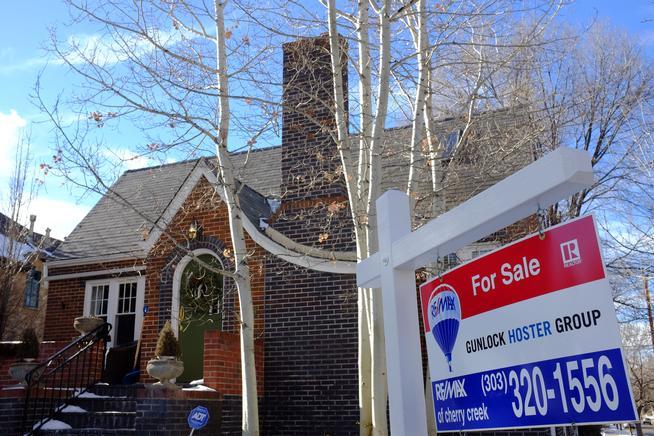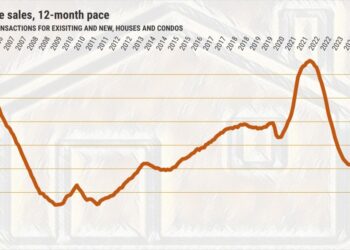The National Association of Realtors’ legal settlement upends the traditional model of sellers paying for the buyer’s agent in a home purchase.
The agreement has the potential to save home sellers billions of dollars every year, but could also complicate purchases for buyers.
The NAR, the largest trade group representing residential real estate agents, agreed to pay $418 million over four years to settle claims that the group and its members engaged in uncompetitive practices that forced sellers to compensate agents who brought buyers to the closing table.
“There are valid positions on both sides, and this is the way the game has been played,” said Mark Lee Levine, a professor at the Burns School of Real Estate and Construction Management at the University of Denver who has tracked the issue closely.
Starting in July, the game will be played differently. Buyers can no longer count on sellers paying the agents representing them, Levine said. On a $600,000 home, that could shift around $15,000 to $18,000 in typical commission costs back to the buyer.
Commissions on a home sale are, in theory, completely negotiable, but they typically run in the 5% to 6% range. How commissions get split can vary, but sellers almost always pay the buyer’s agent via what is known as a cooperative compensation model or co-op.
What a seller was willing to pay was communicated on the multiple-listing service or MLS controlled by local Realtor associations. If the compensation was too low or non-existent, buyer agents would pass on showing a home, plaintiffs in a case known as Sitzer-Burnett argued.
Listing the buyer agent compensation is now prohibited as part of the settlement. Buyers still have the right to push for a lower commission, as was the case before. But if they know they are footing the bill, they may be much more motivated to do so.
“For far too long, home sellers have faced a system recognized by many as blatantly unfair. Individual sellers often…
Read the full article here







